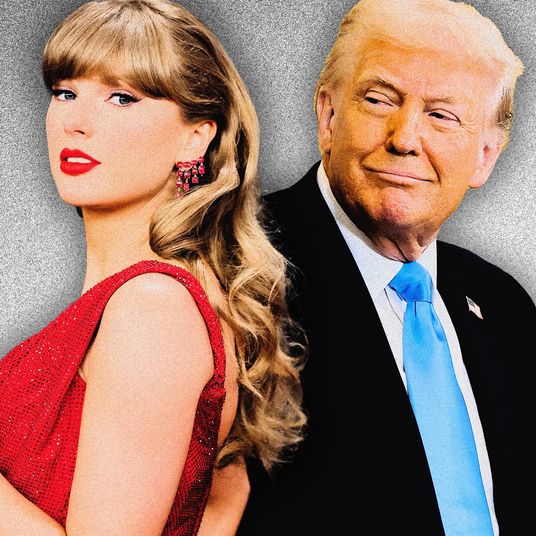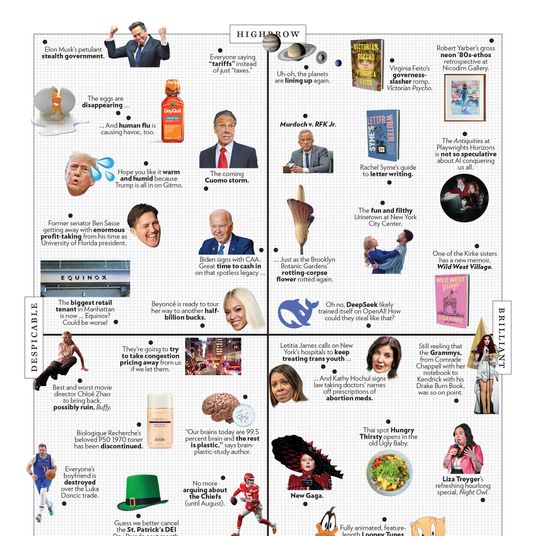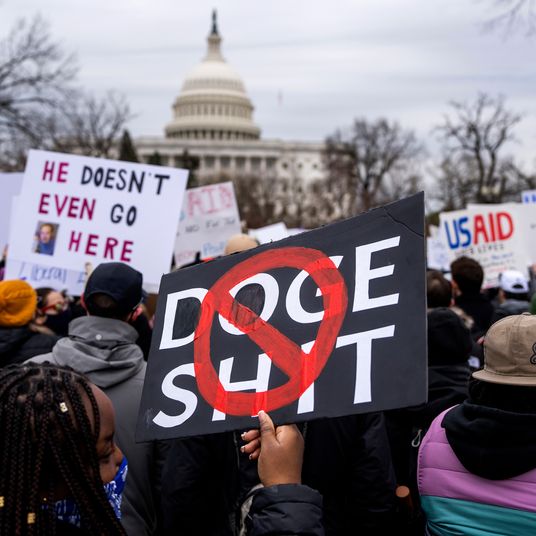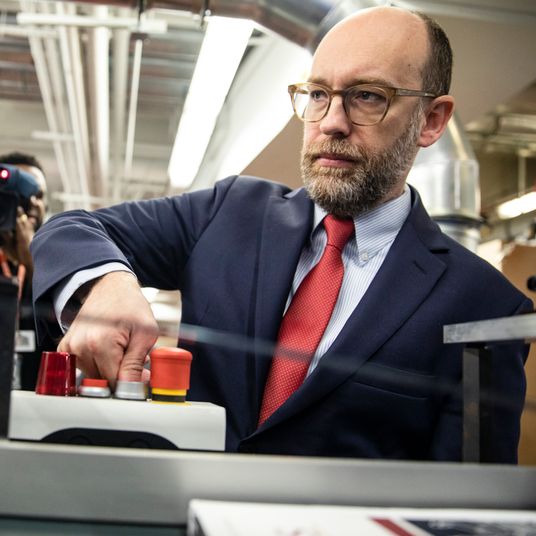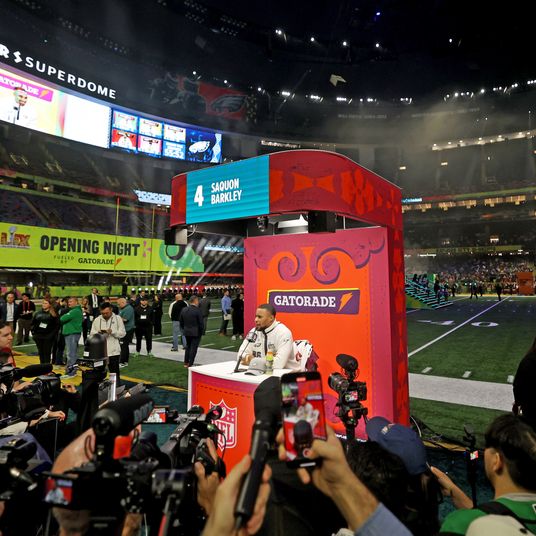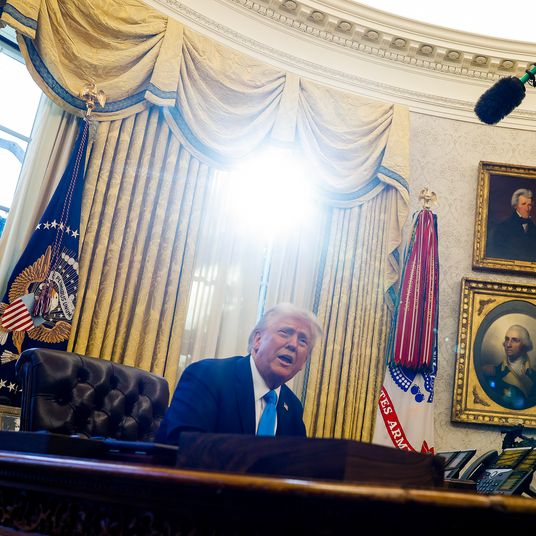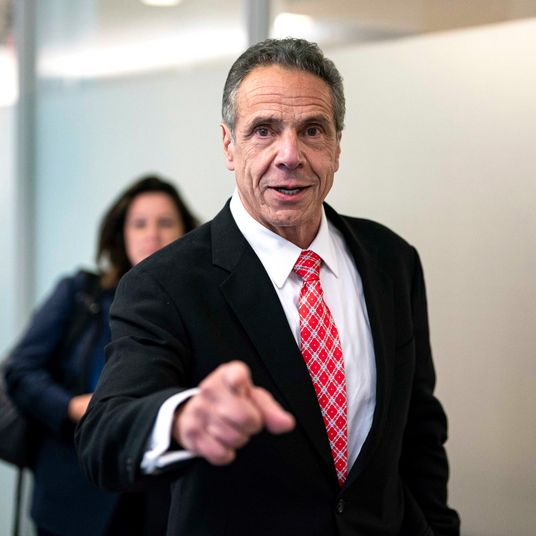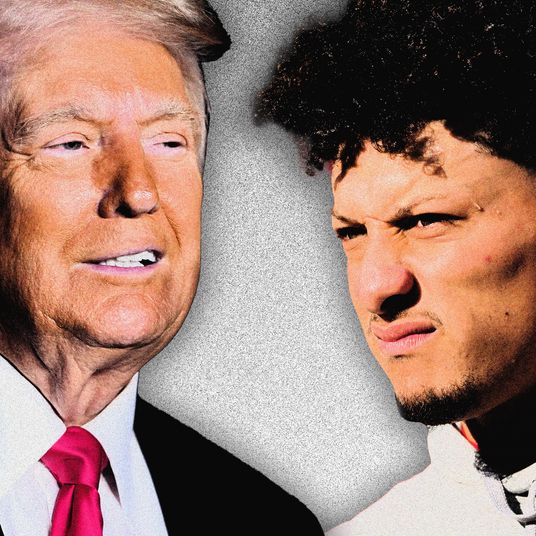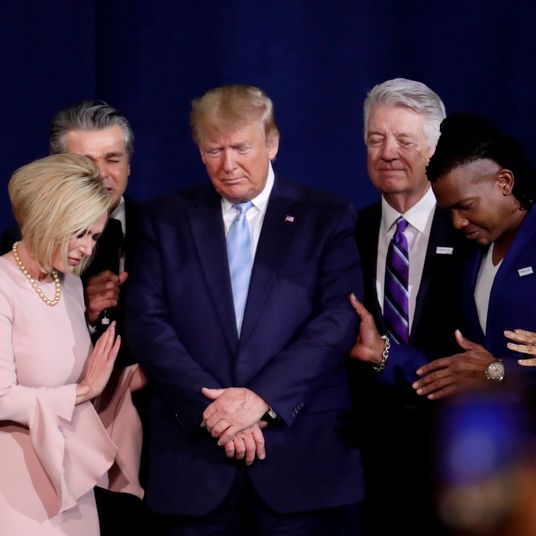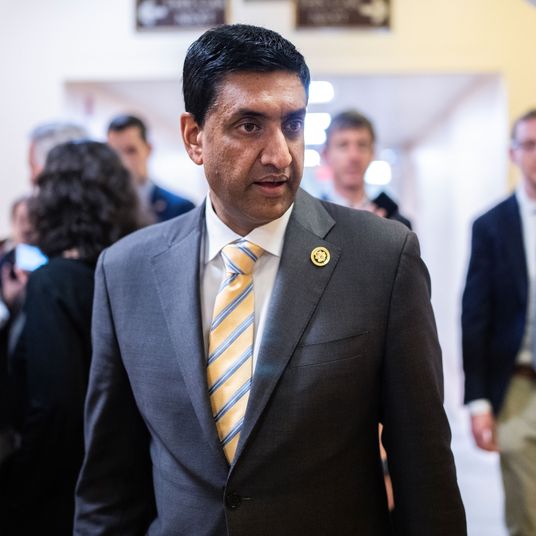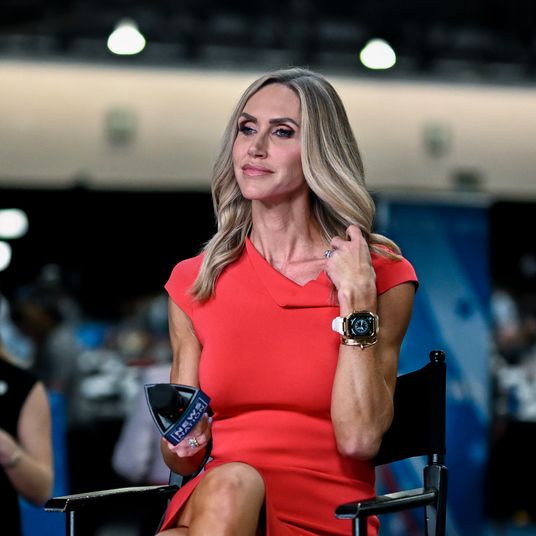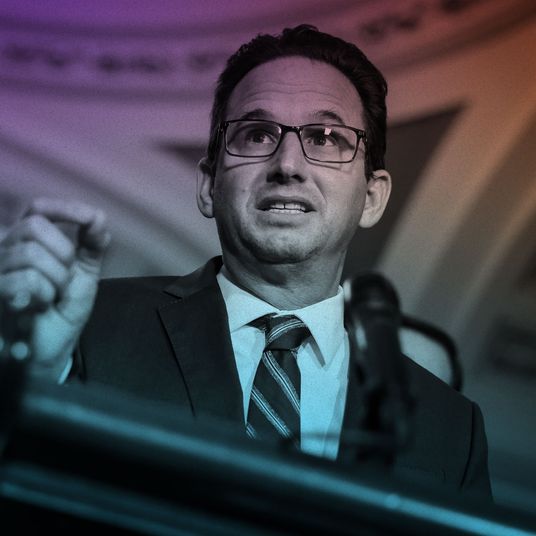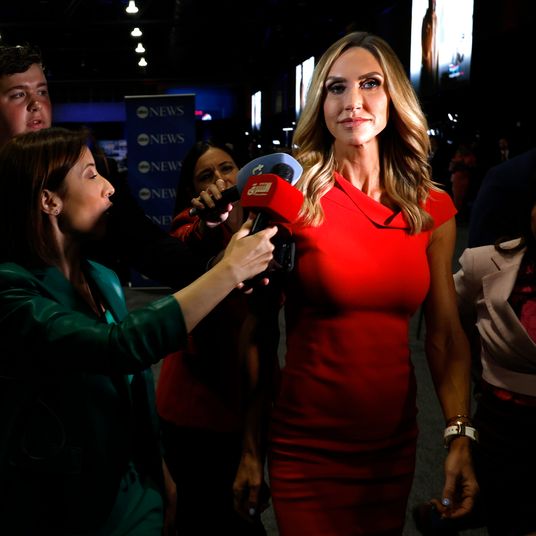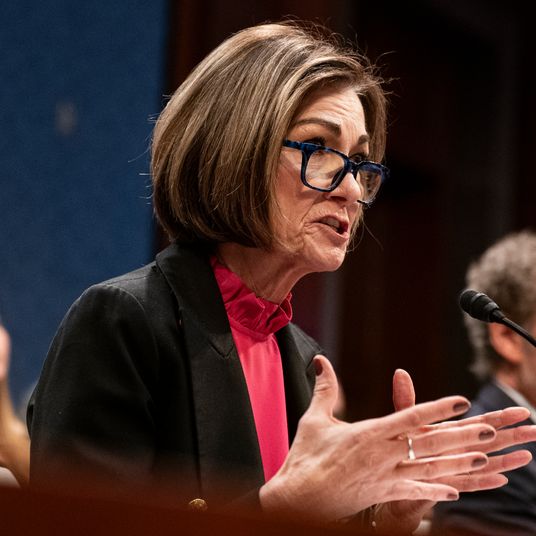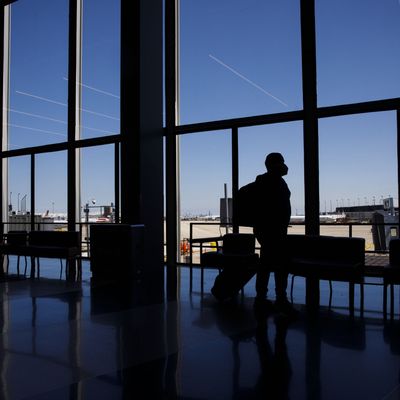
Airlines for America, the trade group for U.S. airlines, has been tracking the impact of the coronavirus on its member companies, and one statistic it’s estimating is called “breakeven load factor,” the percentage of seats airlines need to sell in order to break even. Before the pandemic, this was around 75 percent. And since airlines were, in fact, typically selling between 80 and 90 percent of their seats, that meant they were making a nice profit.
Due to the pandemic, airlines have cut flights, but consumer demand has fallen even further than the number of available seats. As a result, airplanes are now on average only about 60 percent full, and airlines are losing money. But there’s more bad news for the industry: COVID-19 has caused the breakeven load factor to go up. Airlines for America estimates that, in the fourth quarter, airlines will have to fill 94 percent of available seats to avoid losing money. In the second and third quarters, they would have needed to fill more than 100 percent of seats.
The main reason airlines need to sell more seats to break even is obvious: Fares have gone down a lot. Airlines are saving money because jet-fuel prices have fallen by nearly half since last year, but it’s not enough to offset the lower fares and the fact that the reduction in flight schedules means airline-wide costs now need to be spread over fewer flights and seats.
Partly, fares have fallen because a lot of people aren’t that interested in traveling and they need low fares as an inducement. But they’ve also fallen because of the changing composition of who travels — business travel remains especially depressed, and business travelers typically pay more than leisure travelers. According to data from Airlines for America, travel agents are currently selling about two-thirds fewer tickets on U.S. airlines as they were at the same time last year. But their sales to corporate clients are down 85 percent. To the extent that there has been a rebound in travel, it is concentrated in the vacation and VFR (visiting friends and relatives) segments, which tend to be more sensitive to price.
In normal conditions, if you’re a vacationer or you’re going to visit family, you benefit from the presence of business travelers on your flight. That’s because airlines use price-discrimination strategies to charge more to customers whose willingness to pay is higher — which allows airlines to charge each passenger enough to cover the incremental cost of carrying that person and to charge all passengers together enough to cover the total cost of operating the flight. Their high fares make your low fares possible. But if their high fares don’t come back, the airlines will have to either find a way to charge leisure travelers more or abandon routes that can no longer be run profitably.
Airlines face a tough challenge: Adjust their business now to reduce how much money they lose every day, while reserving the option to scale back up when consumer demand returns. And to hasten that day, airlines are taking steps to make more trips viable again. Hawaii has reopened for tourism as of October 15 with a requirement for a recent negative COVID-19 test in order to travel. United has begun offering testing to customers flying from San Francisco to Hawaii. This addresses one uncertainty for travelers: How do I know I’ll be able to get a test that meets the requirements of the destination I’m flying to and that will be processed in time for me to fly? Airlines and government officials are hoping to reopen the much larger New York–to–London market to travel with testing and much-reduced quarantines (perhaps just one day) by the end of the year.
But lifting travel restrictions is only one step toward restoring business and leisure travel. People have other reasons to be wary. For example, if you contract COVID-19 in Hawaii, you won’t be able to leave for some time. There is the risk that the changing coronavirus conditions will lead to changed rules and the reimposition of travel restrictions. And businesspeople need to have employers who actually want to send them on trips. Travel restrictions are just one of several factors discouraging business travel. Lift the restrictions and you still have clients and counterparties who are disinclined to meet in person, the risk that employees will get sick while traveling, ongoing business challenges that have companies looking to cut costs, and increased skill at conducting business virtually.
Southwest Airlines, which has no premium cabin service, a very limited international network, and a low reliance on business travelers, is the best positioned of the major American carriers to weather a persistent decline in business travel. Not coincidentally, it’s the only U.S. airline with an investment-grade credit rating. But for United, American, and Delta, high-fare business travel, particularly on long-haul international routes, is central to making the business work financially. In the medium term, leisure travelers may benefit as vacations return and business trips do not — next year may offer some great values for business-class travel to Europe, for example, if you don’t have to compete with a lot of business travelers to buy the seats. But in the longer run, you’ll need those business travelers buying expensive tickets in order make your trip sustainable.












